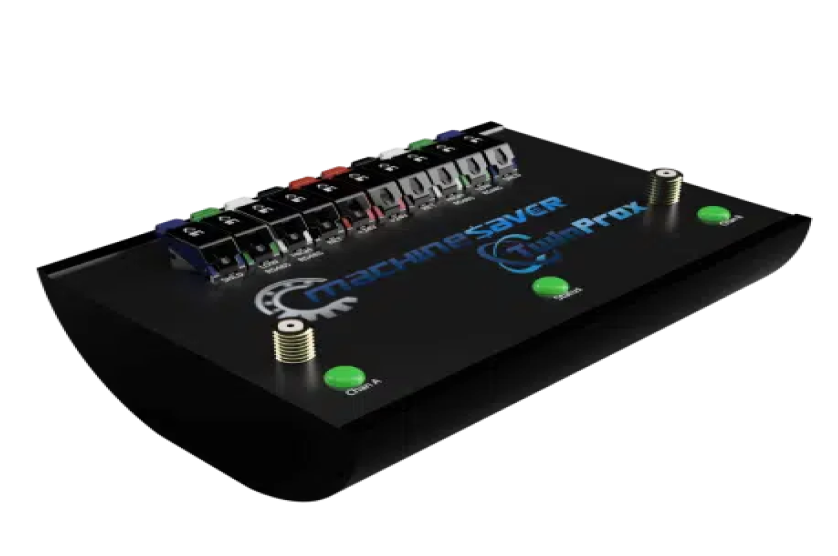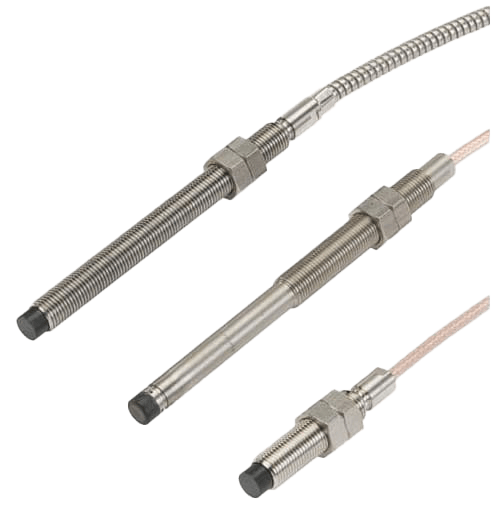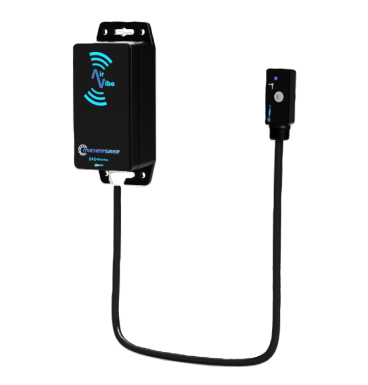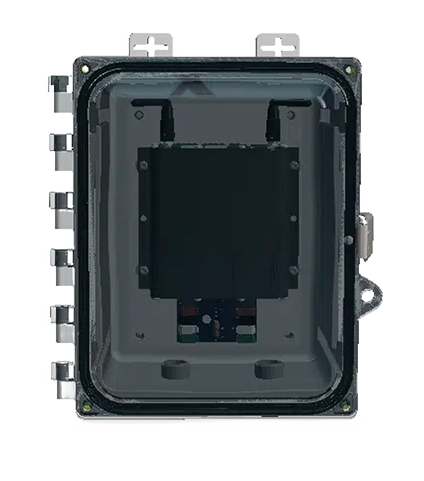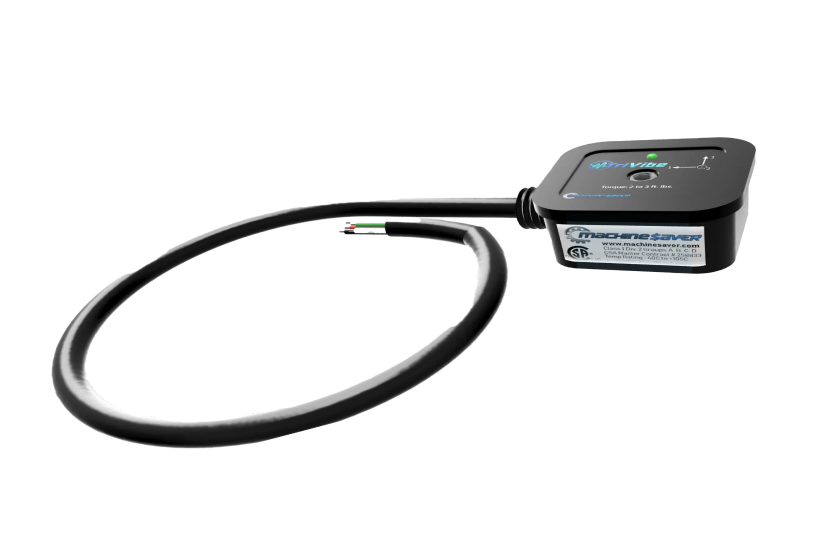Crushers Vibration Monitoring & Analysis
Industrial crushers and grinders are subjected to extreme operational conditions, leading to significant maintenance challenges. The Trivibe Wireless Sensor offers a solution to these challenges. The industrial mixer vibration analysis report outlines the key problems the Trivibe sensor solves and the benefits it offers to users in the context of industrial crushers and grinders.
Key Problems the Trivibe Sensor Solves and the Benefits
Problem Solved: Early Detection of Equipment Malfunction- High-Resolution Data: With over 50,000 samples per second, Trivibe can detect the slightest anomalies in equipment operation.
- Benefit: This allows for early identification of potential issues, preventing costly downtime and prolonging equipment life.
- Enhanced ML/AI Vibration Visualization: The sensor’s capability for detailed vibration analysis is critical for complex machinery like crushers and grinders.
- Benefit: Users benefit from predictive maintenance, optimizing maintenance schedules and reducing unexpected failures.
- Digital Integration via RS485 Port: Trivibe's compatibility with various systems and gateways eases integration challenges.
- Benefit: This seamless integration allows for a unified monitoring system, reducing the complexity and workload for users.
- Robust Design and Redundant Accelerometers: The sensor is designed to withstand harsh conditions and maintain calibration accuracy.
- Benefit: Users can trust the reliability of the sensor’s readings over time, ensuring consistent monitoring quality.
- Customizable Data Output and Wide Frequency Range: Adaptable to different machines’ specific needs, with a frequency range of 0.8 Hz to 6000 Hz.
- Benefit: This adaptability ensures that the sensor is effective for a wide range of crushers and grinders, providing versatile and comprehensive monitoring.
- Cost-Effective Installation and Long Lifespan: The daisy-chain capability and long lifespan of the sensor reduce installation and maintenance costs.
- Benefit: This leads to significant cost savings in terms of installation and operational maintenance.
- Suitability for Challenging Conditions: The sensor is designed for hazardous locations and is IP68 waterproof and submersible.
- Benefit: This ensures reliable operation in the tough environments typical of crusher and grinder operations, providing peace of mind and consistent performance.
The most common vibration problems in these machines include:
- Imbalance: Imbalance is a frequent problem where the rotating components aren't equally weighted around the axis. This can happen due to uneven wear, material buildup, or damage to the crushing or grinding elements. Imbalance causes the machine to vibrate excessively, leading to further wear and potential damage.
- Misalignment: Misalignment occurs when the shafts of the motor and the crusher or grinder are not properly aligned. This can be due to improper installation, shifting during operation, or thermal expansion. Misalignment leads to uneven rotational forces, causing vibrations and increased wear on bearings and seals.
- Looseness: Over time, bolts, nuts, and other fasteners can become loose due to the vibratory motion of the machinery. Looseness can also occur in belts and couplings. This issue leads to additional vibration and can escalate to more severe damage if not corrected.
- Bearing Issues: Bearings are crucial for smooth operation. Bearing failures can result from inadequate lubrication, contamination, overloading, or simply wear and tear. Faulty bearings often cause increased vibration and can lead to catastrophic failure if not addressed.
- Gear Problems: For machinery that utilizes gears, issues such as wear, misalignment, or damage can result in abnormal vibration patterns. Gear problems not only cause vibration but can also lead to operational inefficiencies.
- Resonance: Resonance occurs when the natural frequency of a component or the entire machine coincides with the operating frequency. This can amplify vibrations, potentially causing significant damage.
- Foundation Issues: A weak or unstable foundation can lead to excessive machine movement, resulting in abnormal vibration. This is often seen in portable crushers and grinders where the foundation cannot be as solid as in permanent installations.
- Electrical Issues: In the case of electrically driven crushers and grinders, electrical issues such as imbalances in the motor or problems with the drive can manifest as mechanical vibrations. Identifying and addressing these vibration issues promptly through regular monitoring and maintenance is key to ensuring the reliability and longevity of crushers and grinders in industrial settings.
Conclusion
The Trivibe Wireless Sensor addresses critical challenges in monitoring and maintaining industrial crushers and grinders. It offers significant benefits including early malfunction detection, simplified vibration analysis, seamless system integration, and reliable operation in harsh conditions. Its cost-effective installation and maintenance, coupled with customizable features, make it an ideal solution for enhancing the operational efficiency and longevity of industrial crushers and grinders.
We can customize vibration solutions to fit your needs
Request For QuoteRecommended Products
- TwinProx (sleeve or oil-lubricated bearings)
- Proximity Probes (sleeve or oil-lubricated bearings)
- Airvibe and Machine Gate (Wireless installation on Roller element bearings)
- Trivibe (Continuous near real-time data on roller element bearings)
Why choose machine saver?
We are the fastest growing vibration technology company in the world
At Machine Saver, we have established ourselves as an industry leader in vibration monitoring through our relentless pursuit of excellence and innovation.
Contact Us



